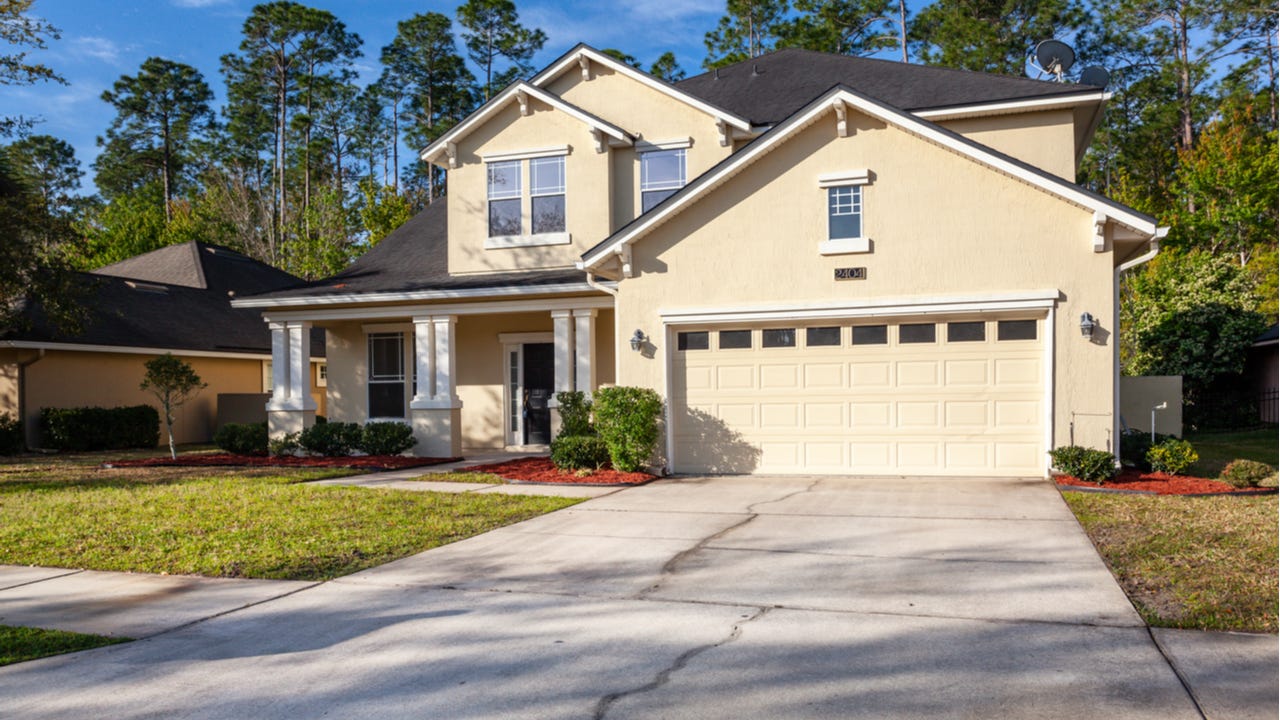Mortgage protection insurance (MPI) vs. life insurance

Key takeaways
- Mortgage protection insurance, or MPI, pays off your mortgage in the event of your death. A life insurance policy pays out a death benefit to your beneficiaries, which they can use for any purpose.
- If you have sufficient life insurance coverage, mortgage protection insurance probably isn’t necessary.
- If life insurance is too expensive or you have a hard time qualifying for age or health reasons, mortgage protection insurance ensures your loan gets paid.
What would happen if you were to pass away before paying off the mortgage on your home? Will your loved ones have enough money to keep current on the loan? If not, you might be wondering about mortgage protection insurance and how it differs from life insurance. Here’s how the two compare.
What is mortgage protection insurance vs. life insurance?
Both mortgage protection insurance (MPI) and life insurance are optional policies that offer some financial protection to loved ones if you die. The key difference: MPI coverage pays off the remaining balance on your mortgage, whereas life insurance gives your beneficiaries a death benefit that can be used for any purpose..
What is mortgage protection insurance?
Mortgage protection insurance specifically pays off your mortgage debt in the event you pass away before the balance is paid in full. Some policies cover your mortgage in other instances besides death, such as becoming disabled or unemployed. The policy remains in effect for the life of your mortgage (30 years, for example).
“Typically, mortgage protection insurance is sold as an option after closing on your home,” says Herb Dorow, co-founder of Cap Asset Risk Management. “The life insurance amount of the policy is tied to your mortgage amount. As your mortgage amount decreases, so does the benefit, but the premium does not decrease.”
What is traditional life insurance?
With traditional whole life insurance, you can decide on the level of coverage that’s right for you, and your beneficiaries can decide how to use the money — including to pay an outstanding mortgage. To keep your life insurance policy active, you’ll need to pay your premium either upfront or over time. When you pass away, your beneficiaries receive a payout, often in the form of a lump sum
Alternatively, you can choose a term life policy that covers you for a temporary period (for example, until your kids graduate college). However, you won’t get paid out if you’re still alive when the policy ends.
Differences between mortgage protection and life insurance
These two types of insurance sound similar, but there are a few differences between them, including:
- Eligibility criteria
- Cost
- Benefit amount
- Payout
MPI vs. life insurance eligibility
Unlike term or whole/permanent life insurance, mortgage protection insurance involves minimal to no underwriting.
“You don’t need to undergo a medical exam to get coverage,” says J. Keith Baker, chair of curriculum for Mortgage Banking at Dallas College in Irving, Texas.
Most MPI plans have guaranteed acceptance, meaning your premium won’t depend on factors like your occupation or health.
On the contrary, life insurance premiums can be based on factors like your age, health and occupation. Many life insurance companies require you to undergo a physical exam, and certain medical conditions can mean the insurer might deny you coverage.
MPI vs. life insurance cost
The monthly premium for a MPI policy can range from as little as $5 per month to $100 per month. By comparison, life insurance premiums vary widely based on the provider, policy and individual covered.
MPI vs. life insurance benefit amount
With most MPI policies, the benefit shrinks as you pay down your mortgage and the coverage ends once you pay off the loan. In contrast, most traditional life insurance death benefits retain their value as long as the policy is active.
“With traditional term or permanent life insurance, the amount of coverage does not decrease and you control the policy,” says Dorow.
MPI vs. life insurance payout
With life insurance, your beneficiaries receive a death benefit that can be used to pay the policy holder’s mortgage balance or for any other purpose. The payout for mortgage protection insurance goes directly toward paying off the policy holder’s mortgage.
Should you choose mortgage protection insurance or life insurance?
If you have an adequate life insurance policy, you likely won’t need mortgage protection insurance. Your beneficiaries can simply use the life insurance payout to pay off your mortgage if needed.
However, if you don’t qualify for life insurance or enough coverage, a mortgage protection plan might make sense for your loved ones. You won’t need to undergo a medical exam or provide other health information to buy this type of policy, and the premiums are often very inexpensive.
“It can be somewhat more competitive for someone aged 50 to 60 years old who has some health issues that may make purchasing a standard life insurance policy difficult or more expensive,” says Baker. “Also, folks with dangerous professions who cannot get reasonable cost coverage, like a race car driver or skydiving instructor, should consider this insurance.”
If you don’t have a life insurance policy, our life insurance calculator can help you figure out how much coverage you need.
You may also like

How to read a homeowners insurance policy

How to get life insurance with a pre-existing condition

Understanding Section 7702 plans




